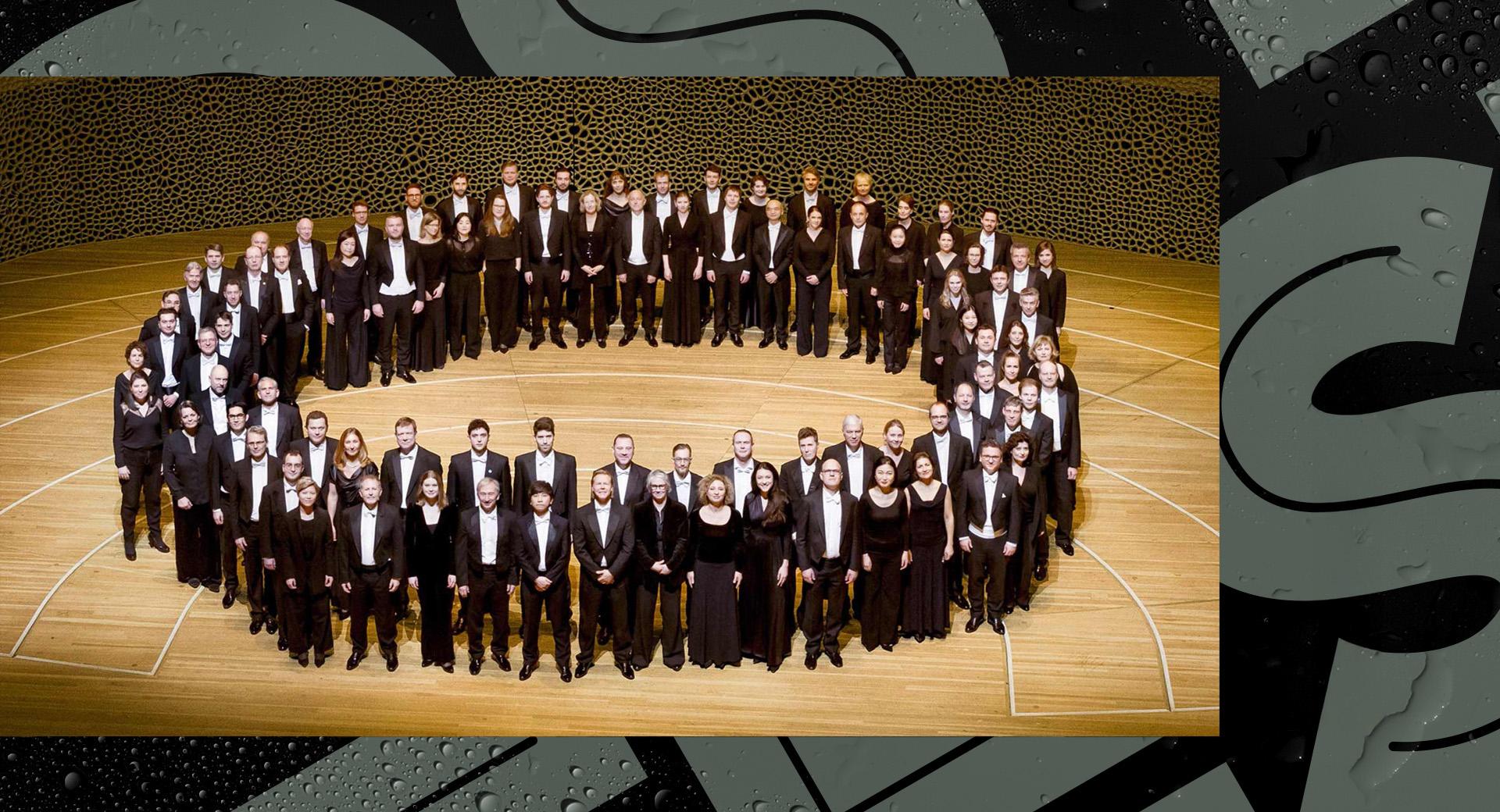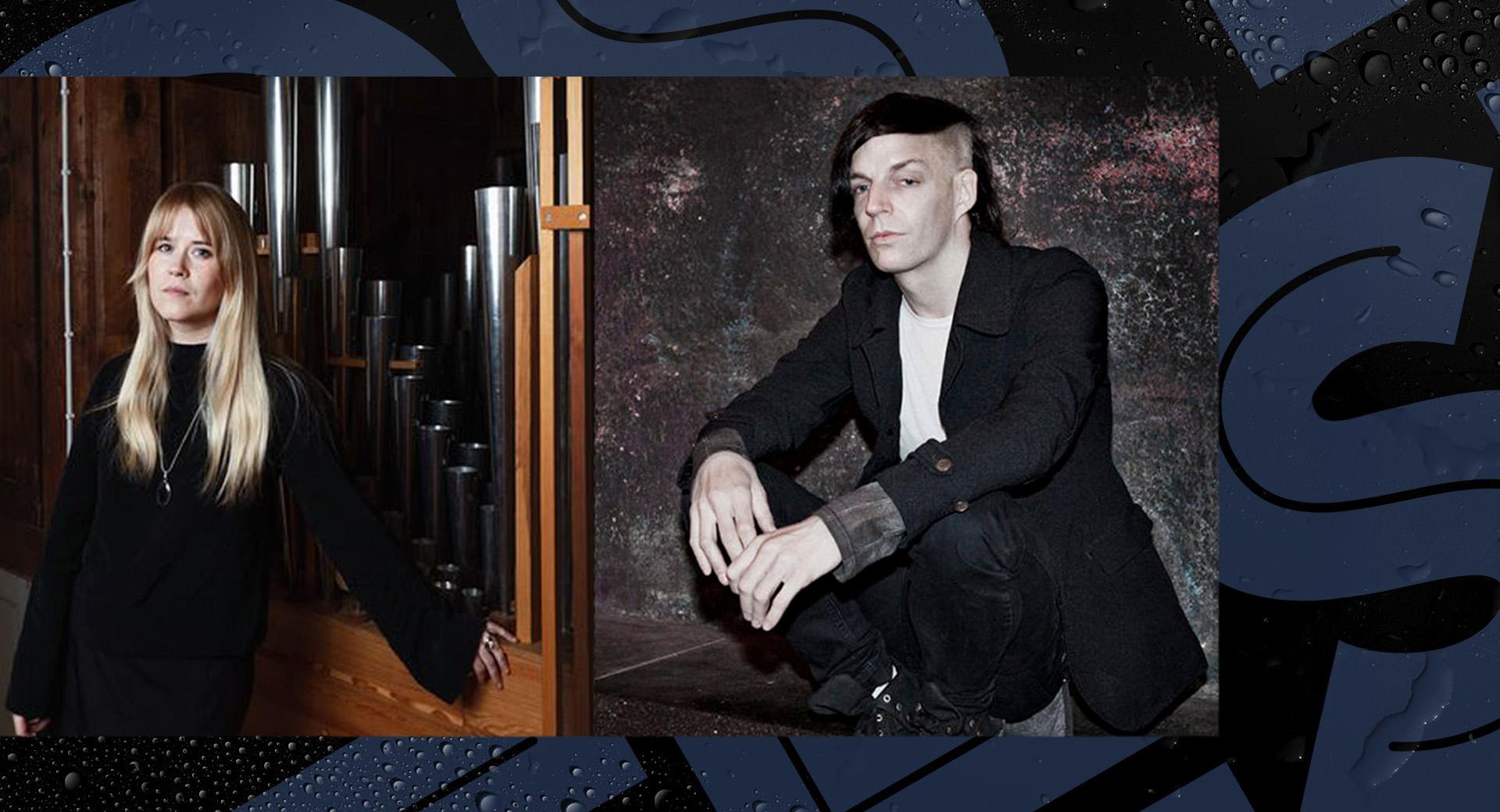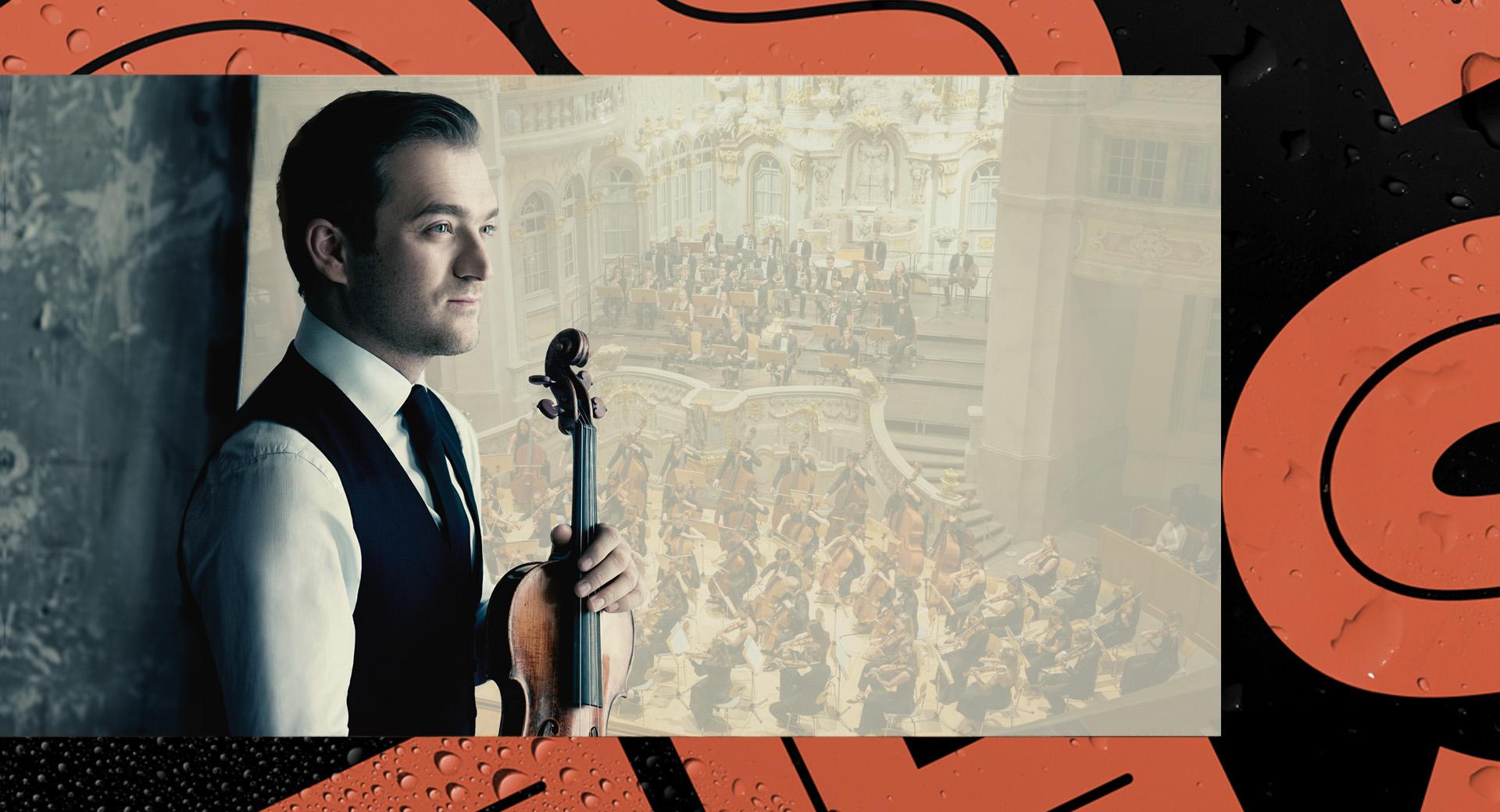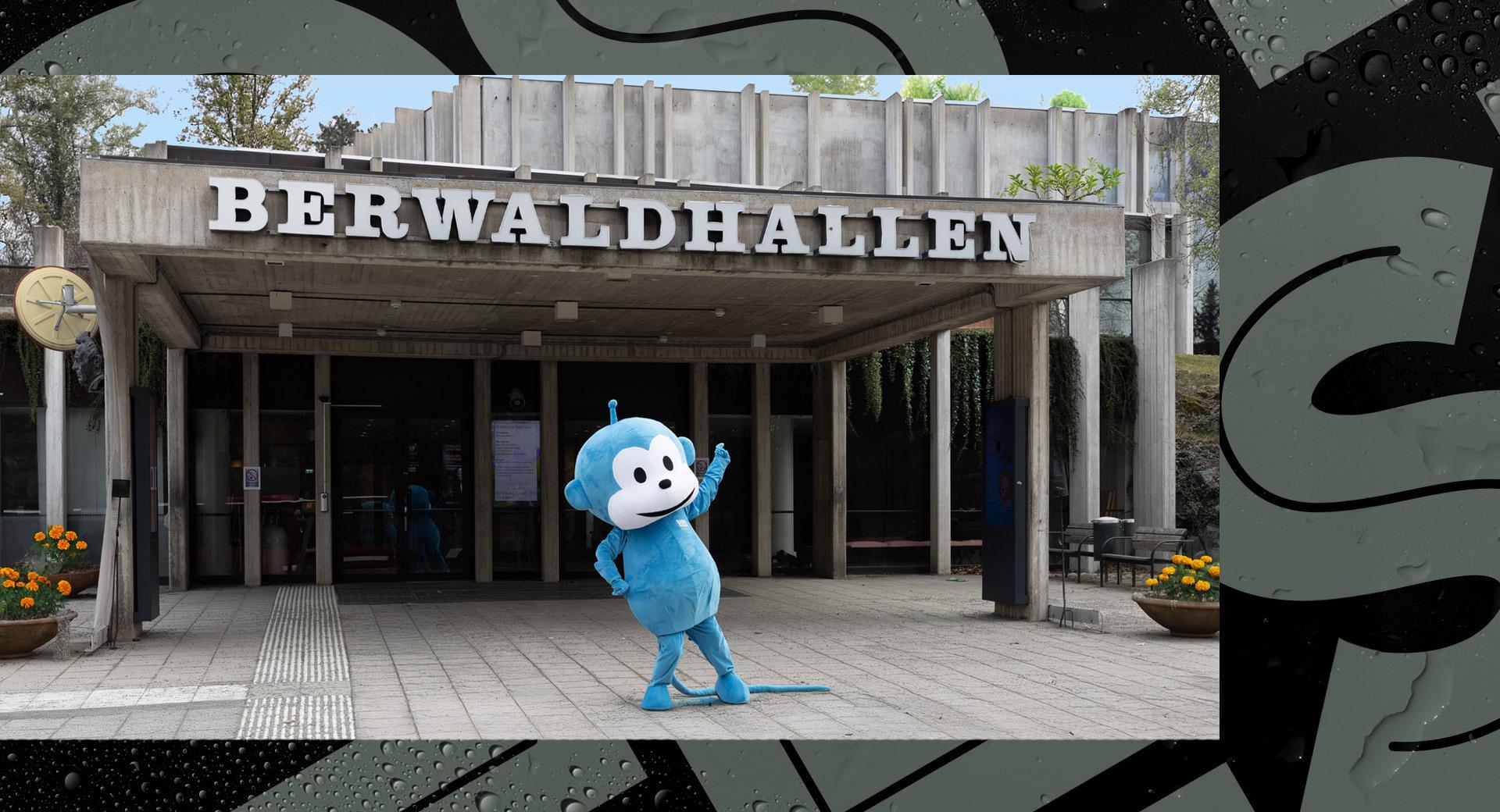Pärt According to Kaljuste – Music of All Colours
Since Tõnu Kaljuste became the Swedish Radio Choir’s chief conductor in 1994, his countryman Arvo Pärt’s music has become a part of the Swedish concert repertoire. The characteristic and seemingly simple music has a depth and complexity that not all conductors are able to convey. Through their close collaboration over many years, Kaljuste has become the world’s foremost Pärt expert. Here, he and Tallinn’s Chamber Orchestra will perform an extensive programme, from Für Alina from 1976 to Vater Unser from 2011.
This production is part of one or more concert series.

Many music lovers might know Arvo Pärt mainly through his choral music, either as one of many devoted Pärt lovers among the listeners, or as one of all the singers that have been fascinated by the seemingly simple, but deceptively complex sounds he builds. Unlike the avant-gardists of the 20th century, Pärt paints with pure, bright colours: triads, suspensions, tension and relaxation that everyone can understand and receive. But dismissing the music as simple or banal for this reason would be to do the music and the composer a great disservice. Beneath the surface is a depth and complexity that require thought and awareness from the interpreter; otherwise the music risks becoming a nice surface, but not much else.
Pärt’s countryman, Estonian conductor Tõnu Kaljuste, has, for many years, had a close collaboration with the composer, and has performed many of his works. It’s not for nothing that Kaljuste is known as the world’s foremost Pärt expert and interpreter, a person who has really managed to bring out the whole spectrum of colours in the music without getting stuck in the attractive surface. Here, he gives us a bouquet of Pärt’s instrumental pieces, such as Für Alina from 1976, which introduced the world to “tintinnabuli,” the self-termed style that has become Pärt’s trademark.
Pärt’s earlier works were inspired both by neoclassicists like Prokofiev and Bartók, and by Schönberg, serialism and twelve-tone technique. But when his music was banned by the Soviet government – Pärt grew up in the occupied Estonia – and he also found himself in an artistic cul-de-sac, he turned to early Western music, Gregorian song, the Renaissance, and the very oldest polyphony. When he returned from this artistic hibernation, Für Alina and other works showed a reborn composer, in some ways. All works at this concert were created after Pärt’s musical resting period.
From the meditative Spiegel im Spiegel – mirror in mirror – to L’abbé Agathon, based on a story from the time of the oldest Christian monasteries, an extensive portrait of a humble, honest and fascinating composer is drawn. Even though he is the most performed composer of our time, he’s no prima donna, nor holier-than-thou. In 2007, when he was named an honorary Doctor of Theology at the University of Freiburg, he told a moving story that is typical for him as a person:
“Some thirty years ago, I sought desperately for someone who could tell me how a composer was able to write music. One day, I met a simple street-sweeper who gave me a noteworthy answer: ‘Oh, the composer should probably love every single little sound.’ From that moment on, my musical thoughts moved in a completely new direction. Nothing was the same again.”
Text: David Saulesco



